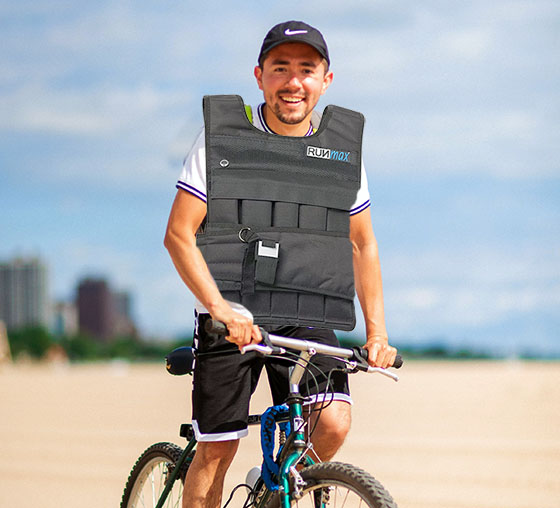
Weight vests are a common sight at many gyms, especially Crossfit gyms, and even on the track, stairs, grassy hills, and basketball courts. They’re great for certain workouts and improving in certain sports.
The idea to wear a weight vest while cycling, though, is much less common. Let’s find out if there is any benefit to biking with a weighted vest…
Table of Contents
“Should I wear a weight vest to get a better workout in less time?”
Today’s question comes from a cyclist considering wearing a weighted vest while biking, in order to maximize their workout time (and daylight!)
So Coach, my usual routine during the week is to come home from work, grab a few handfuls of trail mix and ride my hybrid about 12-15 miles. I just started this a few weeks ago and really enjoy it but I have been building up my endurance and would like to go further, but I’m running out of daylight.
I have a weight vest that can go from 5-40 lbs and I was thinking of wearing it to maximize my workout instead of riding longer. What do you think? Kinda worried that I might screw up my back or something.
Thanks,
Vested Vladimir
Hi Vlady,
First of all, good job getting into a daily riding routine and dedicating your available daylight to it! I also admire your ambition to find a way to get the best workout possible in the limited time you have.
Now, let’s get into this doozy of a question before you screw up your back.
Cycling is NOT weight lifting.
Adding weight to your bike for training purposes has been around for ages. Your question makes me think back to the days of adding cement-filled water bottles onto my bike for training rides. (Yes, I did that, and I’m not ashamed of it!)
It also reminds me of the numerous debates I’ve had on this topic before, which led me to explain that training on a heavy bike will provide no physiological advantage compared to training on your lighter race bike. It’s a common practice, yes. But it has nothing to do with the workout. (Heaver bikes are generally more durable and dependable, so they’re more practical for training.)
The fact is, training on a heavy bike doesn’t make your workout any better. It will make your workout different, and even more physically demanding, but it will also slow you down, and it won’t lead to any improvements in cycling performance.
On the bright side, at least it’s not dangerous to train on a heavy bike. If you want to ride a heavy bike, stick a couple cement-filled water bottles on there, or load it down with panniers, fine by me. Go ahead and make your legs drag the weight around.
The situation you propose is totally different. When I think of someone riding a bike wearing a weight vest, I cringe.
Having extra weight on your body is never a good plan. Hydration packs are heavy enough. I often suggest choosing water bottles over a hydration pack, and if you have a beer belly, I’d recommend fixing that through a better diet. So, adding needless weight is definitely not going to get my recommendation!
Adding weight in such a way that it’s going to be supported only by your core, and exerting force against your back the whole time, just trying to pull your spine out of alignment?
I don’t think so!!
What’s the point of making your workout harder?
I’m not saying that riding a bike around with a 40lb weighted vest isn’t going to be hard. Because it will be harder, and tougher, and more difficult. No denying that.
But why are you making your workout harder? Just to burn more calories? Or is it to improve your cycling performance so you can ride harder, faster, and longer in the future?
Because if your goal is to improve cycling performance, not only is the weight vest dangerous, you’re not going to get the results you’re looking for.
While you’re out there burning more calories, you’re also riding in a compromised position, likely with poor form (even if you don’t realize it), and setting yourself up for a back injury (and perhaps sore hands and butt).
Let’s reassess this situation.
So, you want to wear a weighted vest during riding, because you need a better workout in limited daylight hours.
What other possible solutions are there?
You could pedal faster.
Upping your cadence is going to make your workout harder. You’ll be sweating, and your heart and lungs will be feeling it! As an added bonus, improving your leg speed and ability to ride at a high cadence is a useful cycling skill that will pay off in the long run.
You could pedal harder.
Maintaining a high cadence might not be your thing. Instead, you could shift to a harder gear, and work your leg muscles much harder. That’s the type of resistance training you need to get better at cycling.
There’s also a little thing called interval training that’s ideal when you’re short on time.
You could ride up hills.
Don’t want to concern yourself with your pedaling speed or gear choice? Then find some hills to ride! Riding uphill will instantly make your workout harder! Heck, ride enough hills and you might go home tired before the sun sets!
You could use lights.
If you have a safe route nearby, you could get lights and continue to ride in the dark.
You could ride inside.
Though boring, you could ride to your heart’s content on a stationary trainer or rollers.
Whatever option you choose, it’s better than wearing a weighted vest!
Reasons NOT to wear a weighted vest.
There are many reasons not to wear a weight vest when cycling:
- It will not add to your enjoyment.
- It won’t improve your cycling fitness.
- It could lead to a back injury.
- It will make your back extra sweaty.
It’s dumb. Don’t do it.
Don’t wear a weighted vest. And don’t wear a backpack full of weights. Don’t use ankle weights either.
However, since you already have the vest, you might as well use it for something.
When to Wear a Weight Vest
There are lots of good times to wear one. It’s just that cycling is not one of them.
I love to do pull ups with a dipping belt that lets me hang 40lb or more from my waist. The vest is a little more convenient.
Running some hill sprints or stairs? Doing a plyometrics (jumping) workout? Sure, wear the vest.
Basically, if your back is upright, and you’re fighting against gravity, the weight vest can enhance your workout.
Choosing the Best Weighted Vest
For those of you who don’t have a weight vest, expect to pay about $90 for a good 40lb vest.
There is a Valeo 40lb weighted vest available at Amazon.com, and I generally like Valeo’s equipment.
The MIR vest is very popular, but it’s twice the price. The Hyperwear vest is designed nicely for running and jumping, but that one costs a whopping $300.
Another popular one is the ZFOsports 40lb weighted vest, and though I’m not familiar with the brand, it’s highly rated on Amazon.com.
The best vest for an athlete at the best value is likely the RUNmax Pro Weighted Vest with Shoulder Pads.
Few endurance athletes actually need a weight vest, though. You’re almost always better off riding harder, riding faster, or working through some bodyweight exercises.
References
This article was originally published on June 3, 2015. It was updated and republished on June 29, 2019.
Levi Bloom is an experienced endurance athlete who has been training and competing for over 17 years. A former Cat 1 road and mountain bike racer (professional class on the regional circuit), he is now a cycling coach (USA Cycling Level 3 Certified) and sports nutrition coach (Precision Nutrition Level 1 Certified).
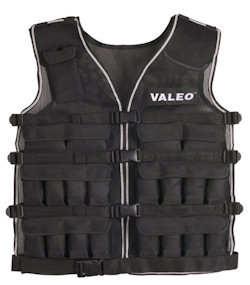

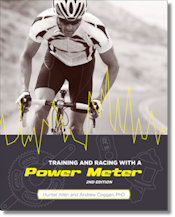
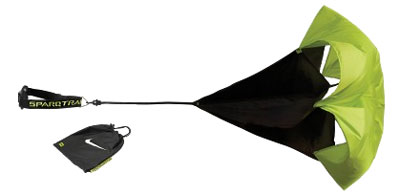
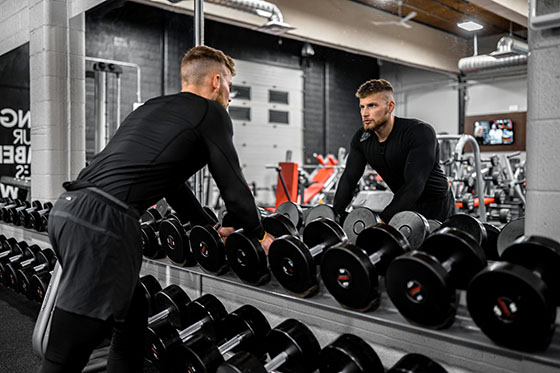


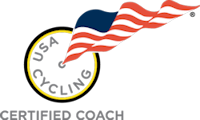

Most teachers know that it is SO hard to get funding for weighted vests and blankets, fidgets, pressure vests, and other occupational therapy supplies. My district is HUGE, so it’s a particularly long and painful process to get these supplies.
Weight vests are an excellent way to add resistance to bodyweight exercises. Any exercise that you can do with bodyweight you can make harder with a weight vest. My best Strength Training Weight Vest is RUNFast The adjustable version. It is fantastic and available almost in any size (20lbs to 140lbs ). You can also choose whether to include shoulder pads or not (which will obviously affect the price). The shoulder pads would obviously help if you are planning on using heavier weights, but if you’re only wearing a 20lb vest you can probably save your money and avoid them.
Thank you for your recommendation.
Fun article! And with some really good pointers as well! I own a weighted vest, and i sure wouldn’t use it for cycling as well, but it’s great for a all the basic body weight exercises! 😉
All the best…
Sebastian